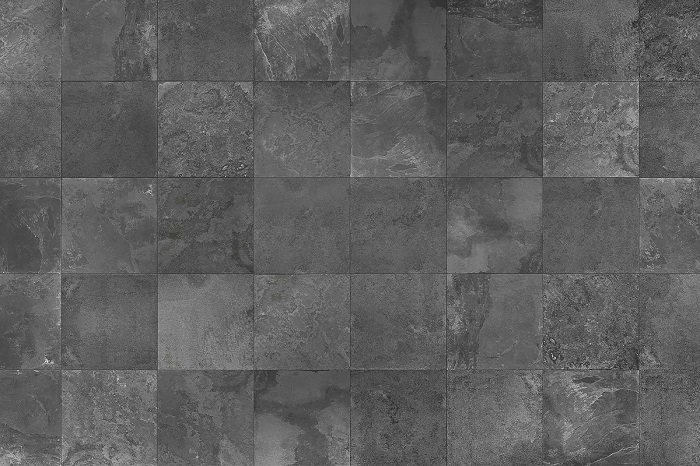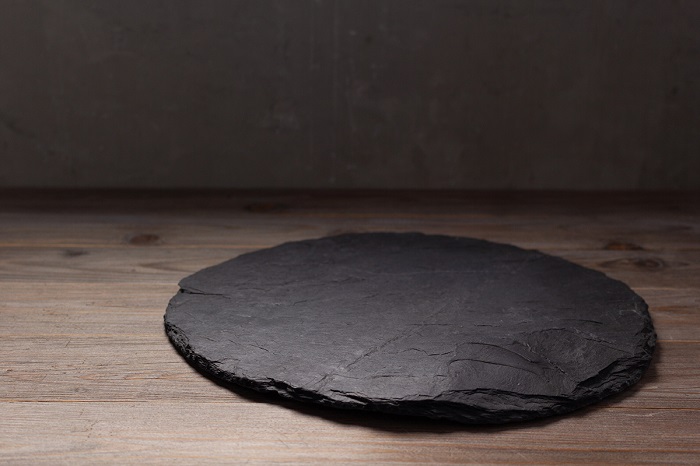Brazilian Ardisia is a variety of metamorphic stones imported from Brazil. Particularly resistant to atmospheric agents, it’s ideal both for outdoor and indoor environments, after being properly processed. The easiness of the processing work, the affordability, and the excellent duration in time have contributed to the success of the material on the Italian market.
Years ago, the main production would take place in Italy, but as years went by, the competition has become more and more aggressive, starting from the Spanish and Brazilian ones for the most precious materials which can be extracted from local quarries (not to mention China and India, where the supplies are very abundant, even though not fully valorized).
The history of Ardisia, cultivated in Minas Gerais, which is the main extraction point of Brazilian extraction, is long and suggestive and highlights that the activity would date back to the 10th century, by the pre-Columbian populations, both for structural works, with particular attention to the defensive works, and the making of objects.
 Technical data
Technical data
A stone of sedimentary origin, with an extremely fine stratification that allows realizing huge and regular formats also with reduced thickness levels, the characteristics of Brazilian Ardisia are:
- Impermeability
- Resistance to acid products
- Slip-resistant
- Compactness and resistance
- Frost-resistance
- It doesn’t suffer from chromatic variations over time
On the rough surface and relief variable, you can perform second processing, brushing, to get a softer texture, very appreciated for the interior because even more compact.
Application and maintenance
Brazilian Ardisia combines the fascination of the stone material with interesting technical characteristics, so it’s ideal for a wide variety of uses both indoors and outdoors, especially on floors and roofs. Ardisia tiles are finalized and reduced in layers of different thicknesses with the help of a simple chisel, obtaining a natural split finish surface that seems delicate and unreal to the touch, but it’s actually tough, impermeable, and incredibly resistant.
There are no limits in its application: it fits every room, the bathroom, the kitchen, and rooms that would benefit from the extraordinary touch of class offered by the material, just like the eventual finishes for the garden. As much as floors are concerned, the versatility of the material makes it possible to use Ardisia for more complicated jobs, like the stairs coating, which would become way more fascinating.
 Commercial varieties
Commercial varieties
A certain advantage of Ardisia is represented by the great number of natural colors among which you can choose, from an enchanting purple to a refined green, from a changeable grey to fascinating graphite, without forgetting the popular ligure variety, the darkest shade of Ardisia ever, and the opportunity to obtain multicolor combinations, to create environments that have an artistic mood.
The different colors of Ardisia are put on the market with several different names according to the importing country: to each color correspond different quarries of origin, even distant a few hundred kilometers. Among the varieties of Ardisia on the market, there are Ardisia di Fontanabuona, Ardisia Black (whose black never fades), Ardisia Green, Ardisia Multicolor, Ardisia Mare, Ardisia Purple, Quartzite, Arenaria.
Source: www.marmomac.com









































